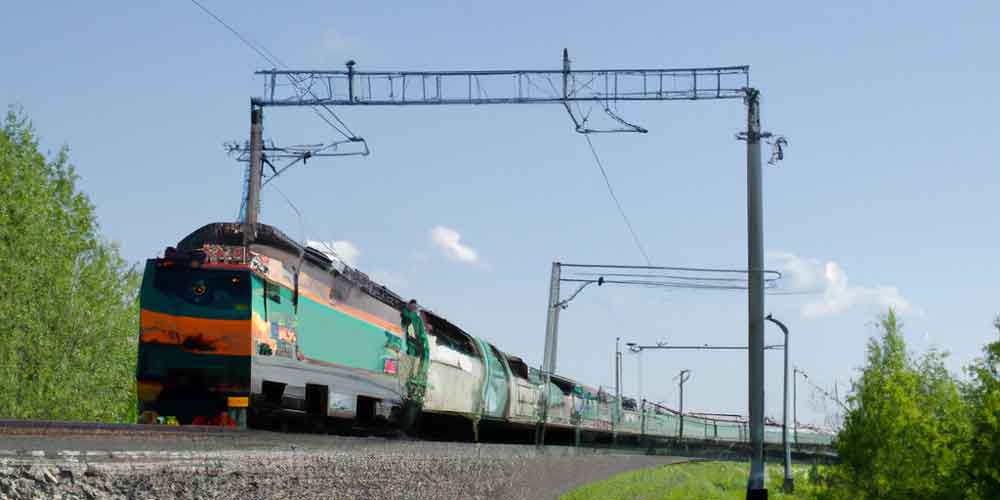The broad gauge network of the Indian Central Railway spanning 3,825 kilometers has now achieved 100% electrification, resulting in an annual reduction of 5.204 lakh tonnes of carbon emissions.
The Solapur division’s Ausa Road-Latur Road stretch, measuring 52 kilometers, was the final non-electrified section, and it was electrified on February 23rd of this year, according to a release from the zonal railway headquartered in CSMT.
This accomplishment will not only reduce carbon footprints by 5.204 lakh tonnes per year but also result in savings of 1670 crore rupees. Furthermore, it will lower fuel costs and potentially generate carbon credits.
The news above highlights the successful electrification of the Indian Central Railway’s broad gauge network, which has resulted in significant environmental and financial benefits. Other countries can learn from this initiative and implement similar strategies to reduce their carbon footprint and save money.
One way to borrow ideas from this example is to prioritize the electrification of transportation infrastructure, including railways, buses, and other forms of public transit. Electrification reduces dependence on fossil fuels, which can significantly decrease greenhouse gas emissions. For example, Norway has made significant progress in this area, with electric vehicles accounting for over 75% of new car sales in 2020. This shift has been driven by government incentives, including tax breaks and toll exemptions, as well as investment in charging infrastructure (Norwegian EV Association, 2021).
Another lesson from the Indian Central Railway’s electrification is the importance of setting measurable goals and tracking progress towards them. The railway set a clear goal of electrifying its entire broad gauge network, and it was able to achieve this milestone. Other countries can follow this example by establishing ambitious targets for reducing greenhouse gas emissions and regularly reporting on progress. For example, the European Union has set a goal of reducing greenhouse gas emissions by at least 55% by 2030, compared to 1990 levels, and is implementing policies and regulations to achieve this target (European Commission, 2021).
In conclusion, the Indian Central Railway’s electrification initiative provides valuable lessons for other countries looking to reduce their carbon footprint and save money. By prioritizing the electrification of transportation infrastructure and setting measurable goals, other countries can follow in India’s footsteps and make significant progress towards a more sustainable future.
